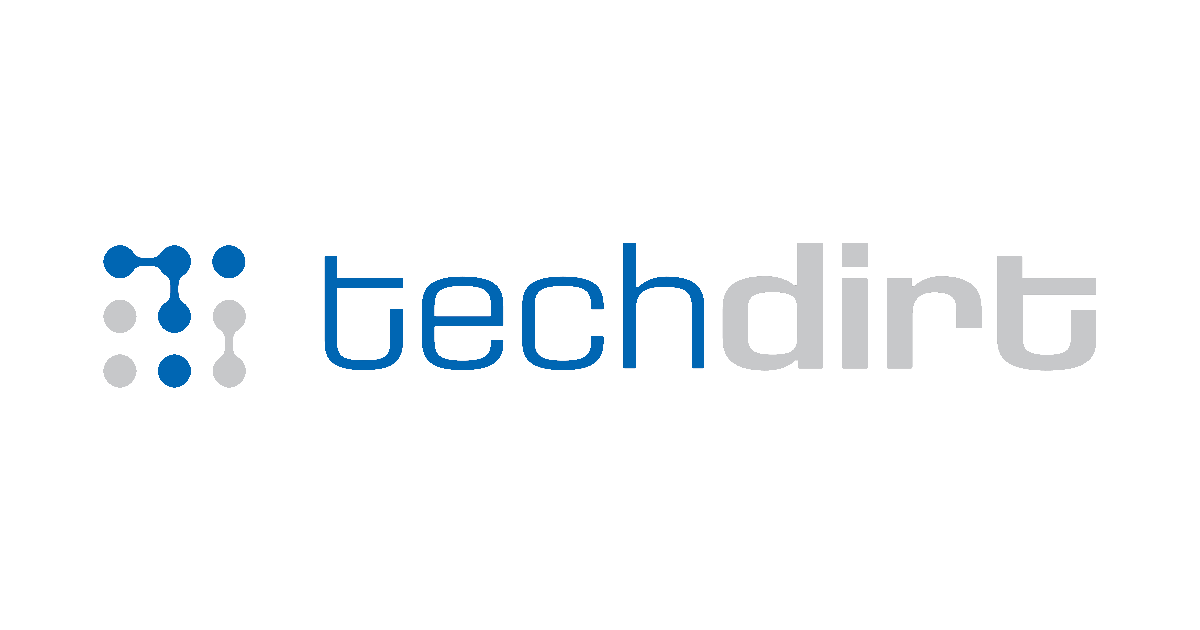Solar + Battery (covering 97% of demand) is now cheaper than coal and nuclear
-
But the other misleading part is they looked at 20 years which is close to the life cycle for solar/batteries and not even half the life of nuclear
I think Lazard's LCOE methodology looks at the entire life cycle of the power plant, specific to that power plant. So they amortize solar startup/decommissioning costs across the 20 year life cycle of solar, but when calculating LCOE for nuclear, they spread the costs across the 80 year life cycle of a nuclear plant.
Nuclear is just really, really expensive. Even if plants required no operating costs, the up front costs are so high that it represents a significant portion of the overall operating costs for any given year.
The Vogtle debacle in Georgia cost $35 billion to add
2 MW2GW (edit to fix error) of capacity. They're now projecting that over the entire 75 year lifespan the cost of the electricity will come out to be about $0.17 to $0.18 per kilowatt hour.Nuclear is just really, really expensive.
Subsidize it like you do oil, there, solved.
-
Coal has long been unprofitable, and nuclear has always needed huge state funding (you get weapons as the byproduct of nuclear power, hence the subsidies). Until it beats gas it still isn't cheap enough imo. Gas of course is still massively subsidised too though, and that's where we need to continue to work: our policy makers need to end fossil fuel subsidies
you get weapons as the byproduct of nuclear power
Not necessarily depends on the reactor type.
-
As others have said this is for Las Vegas which receives wayyy more sun than the average place. But the other misleading part is they looked at 20 years which is close to the life cycle for solar/batteries and not even half the life of nuclear
they looked at 20 years which is close to the life cycle for solar/batteries and not even half the life of nuclear
Brother, with some luck a nuclear plant is in construction stage after those 20 years
-
absurd. Uranium mines need huge exclusion zones. In fact the biggest ones have large enough exclusion zones that more solar energy could be harvested than the energy content of the uranium underneath.
Not all reactors use uranium.
-
This paper lays out the cost projections that one could expect with the lessons learned from Vogtle Units 3 & 4, with the tax credits and government guarantees available as of 2024:
According to the link you listed an AP1000 costs $66/MWh where as from the ember report that’s linked in this article solar plus storage for 97% uptime cost $104/MWh in a sunny city. In Washington DC it would cost $124 and only be able to maintain 81%. I still stand by even with the higher cost that solar + storage is a better option in places like Arizona, Nevada, Southern California ,etc. but nuclear is not as much of the high cost boogeyman as you are making it out to be

Solar electricity every hour of every day is here and it changes everything | Ember
Batteries are now cheap enough to unleash solar energy’s full potential, getting as close as 97% of the way to delivering constant electricity supply 24 hours across 365 days cost-effectively in the sunniest places.

Ember (ember-energy.org)
-
they looked at 20 years which is close to the life cycle for solar/batteries and not even half the life of nuclear
Brother, with some luck a nuclear plant is in construction stage after those 20 years
China has been doing them in around 7 years from groundbreaking to grid connection and is trying to get that down to 5 years with their bailong power plant as they are developing an experienced work force and actually have experience making the parts
-
Yeah but that would not account for the electricity need: in winter we need between 1000/1300 kWh mainly for heating / domestic hot water. Other months under 250 even if we use air conditioning. So if you cover the 7 nice months you still get absolutely wrecked by the dreaded 4 in the winter cost wise…
Yeah I was just explaining why I think the disconnect shows up between percentage and the number. Its why as you get to the end each percentage become significant as it means just a bit more insulation, batter size, panel efficiency, appliance efficiency might bridge the gap. You get in the nineties and its that one most brutal month that it can't handle.
-
Nuclear is just really, really expensive.
Subsidize it like you do oil, there, solved.
And do the same for solar and batteries, so we can stop using fossil fuels for electricity ASAP.
-
Firewood from your own forest is the only one and it's carbon neutral too. This is meant more as a joke but still.
You aren't wrong, either, but if you start doing the numbers for how much forest per person we need, there isn't enough land. It is carbon neutral, though.
-
According to the link you listed an AP1000 costs $66/MWh where as from the ember report that’s linked in this article solar plus storage for 97% uptime cost $104/MWh in a sunny city. In Washington DC it would cost $124 and only be able to maintain 81%. I still stand by even with the higher cost that solar + storage is a better option in places like Arizona, Nevada, Southern California ,etc. but nuclear is not as much of the high cost boogeyman as you are making it out to be

Solar electricity every hour of every day is here and it changes everything | Ember
Batteries are now cheap enough to unleash solar energy’s full potential, getting as close as 97% of the way to delivering constant electricity supply 24 hours across 365 days cost-effectively in the sunniest places.

Ember (ember-energy.org)
My problem with nuclear is both the high cost and, somewhat counterintuitively, the very long life cycles to spread that high cost. The economics only make sense if the plant runs for 75 years, which represents an opportunity cost of displacing whatever might be available in 25 or 50 years.
A solar plant planned in 2025 might be online in 2027, and decommissioned in 2047, replaced with whatever technology/economics are available then. But a new nuclear reactor bakes in the costs for 80+ years, to be paid by ratepayers who haven't been born yet.
So if in 2050 a 2030-constructed nuclear plant is still imposing costs of $66/MWh on ratepayers, to finance the interest and construction costs from 25 years earlier, will that be competitive with the state of solar/wind/batteries/hydrothermal at that time? Given the past trend lines, it seems economically foolish to lock in today's prices for the next 80 years.
-
My problem with nuclear is both the high cost and, somewhat counterintuitively, the very long life cycles to spread that high cost. The economics only make sense if the plant runs for 75 years, which represents an opportunity cost of displacing whatever might be available in 25 or 50 years.
A solar plant planned in 2025 might be online in 2027, and decommissioned in 2047, replaced with whatever technology/economics are available then. But a new nuclear reactor bakes in the costs for 80+ years, to be paid by ratepayers who haven't been born yet.
So if in 2050 a 2030-constructed nuclear plant is still imposing costs of $66/MWh on ratepayers, to finance the interest and construction costs from 25 years earlier, will that be competitive with the state of solar/wind/batteries/hydrothermal at that time? Given the past trend lines, it seems economically foolish to lock in today's prices for the next 80 years.
Except there is also inflation that in the U.S. for the past 75 years has been 3.8% so the cost of $66 per MWh would be the equivalent purchasing power cost of about $4.85 by the end of the plant life. The long lifecycle is good for environmental purposes as well as you don’t need to do constant construction and constantly dispose of rare earth metals and concrete
-
-
-
-
Last year China generated almost 3 times as much solar power as the EU did, and it's close to overtaking all OECD countries put together (whose combined population is 1.38 billion people)
Technology 2
2
-
I Tried Pre-Ordering the Trump Phone. The Page Failed and It Charged My Credit Card the Wrong Amount
Technology 1
1
-
-
Australia could tax Google, Facebook and other tech giants with a digital services tax – but don’t hold your breath
Technology 1
1
-
California Bill Would Require That AT&T And Comcast Make Broadband Affordable For Poor People
Technology 1
1


